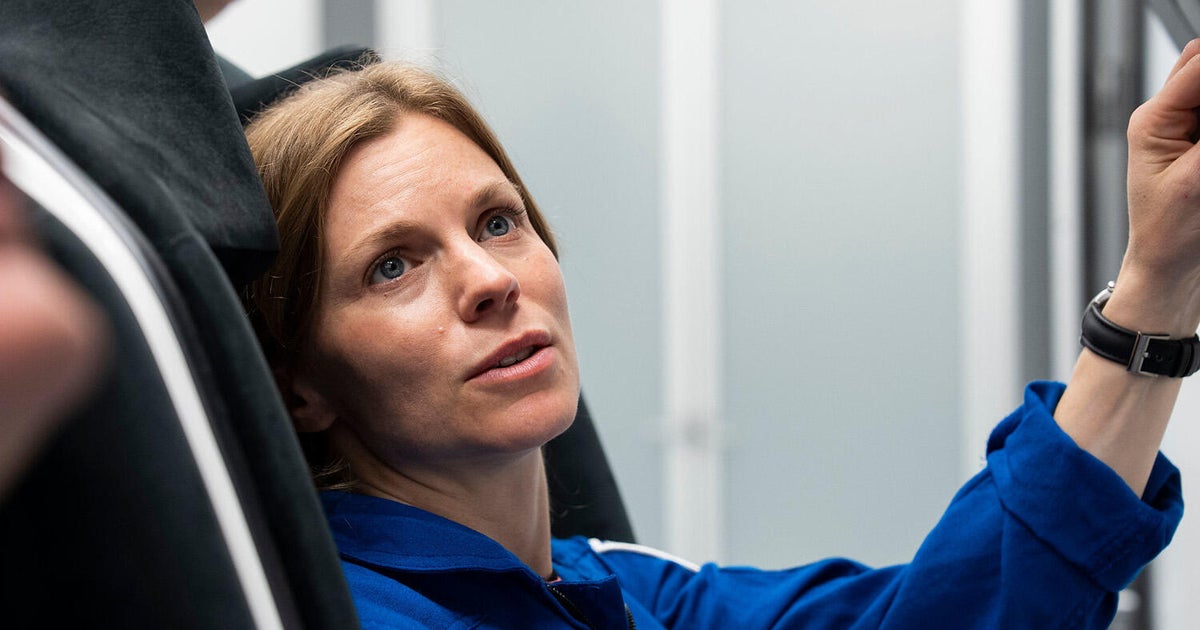T4K3.news
Earth may have up to 6 minimoons orbiting
Astronomers estimate that Earth could be hosting 6.5 minimoons, fragments from the Moon.

Earth could be home to 6 minimoons, small lunar fragments that may reveal more about our solar system's past.
Earth Hosts Up to 6 Minimoons That Offer Insights into Space
Astronomers investigating the presence of small satellites around Earth have found that there may be as many as 6.5 minimoons orbiting the planet at any time. Minimoons, which are often fragments of the Moon, can be temporarily captured by Earth's gravity after being ejected into space by impacts on the Moon. The dynamic nature of these small bodies makes them challenging to track as they are generally between 3 and 7 feet in diameter, moving quickly across the sky. While telescope technologies have improved, identifying and studying these transient objects remains difficult. Research continues to highlight the significance of minimoons for understanding the formation of celestial bodies and their interactions within the solar system.
Key Takeaways
"Minimoons may offer insights into the Moon’s history."
This highlights the scientific value of studying these lunar fragments for understanding celestial processes.
"Detecting small objects means they have to be close, but fast-moving."
This captures the unique challenge of tracking minimoons as they dart across Earth's sky.
"It's incredible that telescopic surveys can detect such small objects."
This emphasizes the impressive capabilities of modern astronomy tools in tracking tiny celestial bodies.
"If there were that many, telescopic surveys would probably detect more of them."
This underscores the ongoing uncertainty in estimating the number of minimoons around Earth.
The study of minimoons provides a unique perspective on our solar system's history. With potential commercial applications for space exploration, these objects may be easier to target compared to traditional asteroid mining. Minimoons not only pique scientific interest but also suggest that a wealth of resources could lie in wait, just a short journey away from Earth. However, the uncertainty surrounding their detection underscores the need for ongoing advancements in astronomical technology. Robert Jedicke's characterization of minimoons as elusive dancers aptly reflects the challenges they pose for researchers.
Highlights
- Minimoons are the elusive dancers of our skies.
- Tracking minimoons challenges modern astronomy.
- These tiny fragments could hold big secrets about the Moon.
- The future of space exploration may lie in capturing minimoons.
Challenges in Minimoons Detection
The complexity of tracking these small lunar fragments poses risks to scientific predictions and our understanding of space. Emerging technologies need to adapt to detect such elusive objects, which could create a race against time for accurate research and responses.
Future discoveries could reshape our understanding of the Moon and its fragmentary offspring.
Enjoyed this? Let your friends know!
Related News

Scientists reveal six moons orbiting Earth

Asteroid 2024 YR4 may hit the moon instead of Earth

New insights suggest planets may have synchronized orbits

Study reveals earlier planet formation in the solar system

NASA's AI satellite successfully operates independently

Scientists discover fifth planet in L 98-59 system

Fifth potentially habitable planet confirmed in L 98-59 system

NASA set to launch Crew Dragon mission
